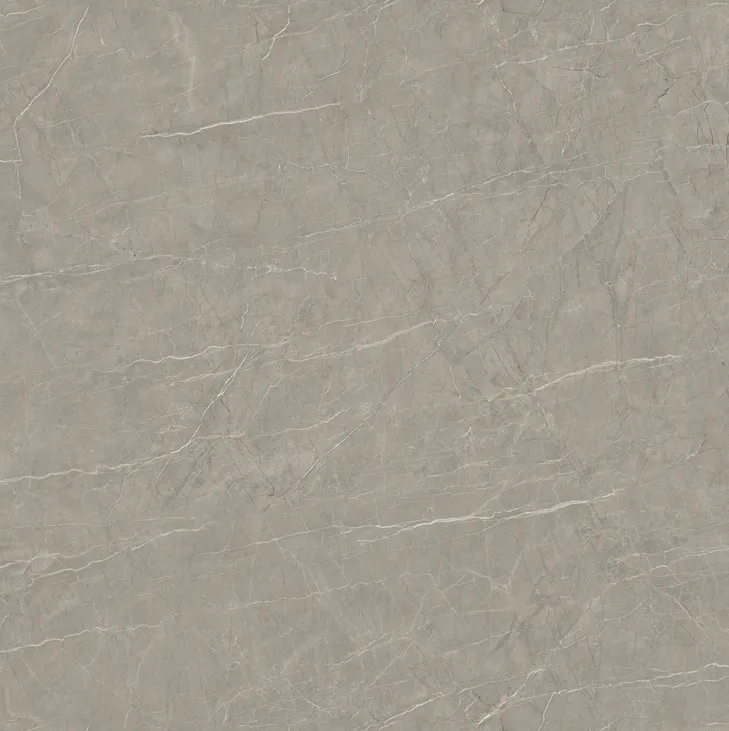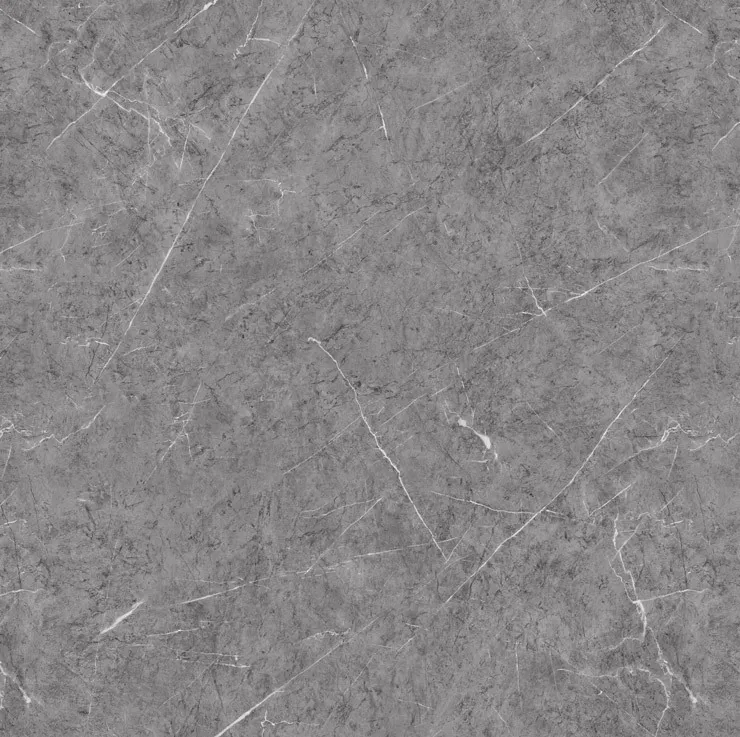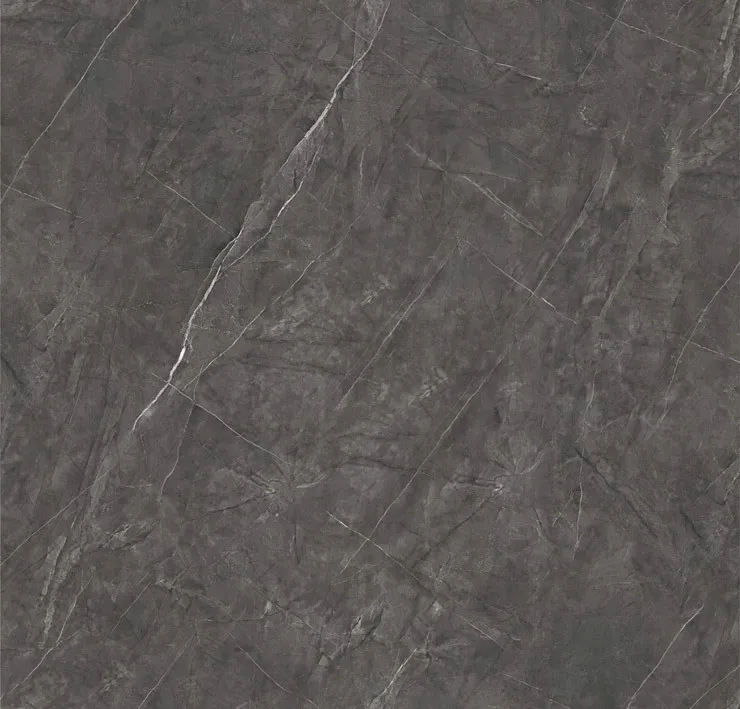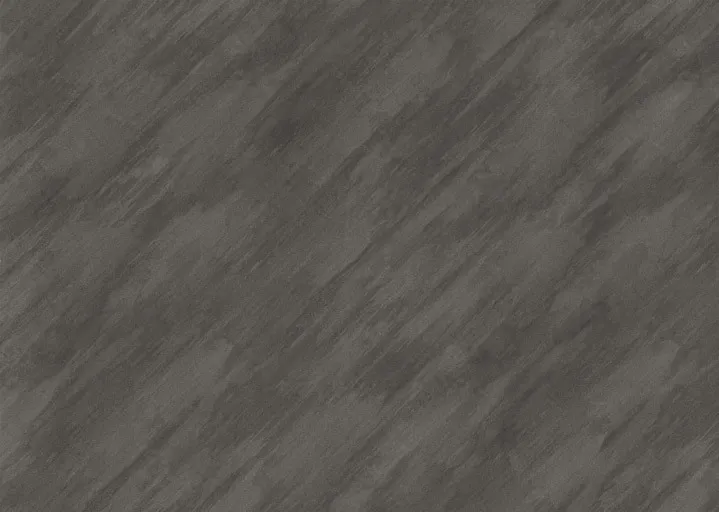
What is the price of matte marble countertops in 2024-25?

Let's start with a scenario we've all faced: you're redesigning your kitchen or bathroom, and the countertop becomes the star of the show. It's not just a surface— it's where you'll roll out dough on Sunday mornings, set down your morning coffee, or display your favorite cookbooks. These days, more and more homeowners and designers are leaning into matte marble. Its soft, non-glossy finish feels timeless yet modern, hiding fingerprints better than polished stone and adding a warm, earthy vibe to any space. But here's the big question: how much does it actually cost in 2024-25? Let's break it down, step by step, so you can budget smart and choose with confidence.
First, what drives the price of matte marble countertops?
Matte marble isn't just "marble with less shine"— its price tag depends on a mix of factors, from where the stone comes from to how it's cut and installed. Let's unpack the key ones:
1. The marble itself: origin and quality
Not all matte marble is created equal. If you're working with a matte marble supplier who sources stone from Italy— think Carrara or Calacatta— you're looking at a premium. Italian marble is famous for its unique veining and durability, but that exclusivity comes with a cost. On the flip side, marble from Turkey, Greece, or China might be more budget-friendly, though it can still be stunning. Then there's "quality grade": higher-grade marble has fewer cracks, more consistent color, and tighter veining, which all bump up the price.
2. Size, thickness, and customization
A tiny bathroom vanity countertop will cost far less than a sprawling kitchen island. Most suppliers price by the square foot, but thickness matters too— 2cm (0.79 inches) is standard for residential use, while 3cm (1.18 inches) is sturdier (and pricier) for high-traffic areas like commercial kitchens. Custom shapes? Curved edges, built-in sinks, or intricate cutouts for appliances? Those add labor costs, as they require more precise cutting and finishing.
3. The "matte" finish process
Matte marble starts as polished marble, then undergoes an extra step: honing. This grinds the surface to a smooth, low-sheen finish, which hides scratches and water spots better than polished marble. But honing isn't cheap— it requires specialized tools and skilled labor, so you'll pay a premium for that matte look compared to standard polished marble. Some suppliers also seal the stone with a matte-specific sealant to enhance durability, which adds to the final cost.
4. Supplier type: residential vs. commercial
Whether you buy from a residential building materials supplier or a commercial building materials supplier can affect pricing. Residential suppliers often cater to smaller projects (like home kitchens) and may offer more personalized service, but their per-square-foot prices might be higher due to smaller order sizes. Commercial suppliers, on the other hand, handle large-scale projects (hotels, restaurants) and can offer bulk discounts— great if you're renovating a commercial space, but maybe overkill for a single home.
5. Installation and extra services
Don't forget installation! A pro installer will measure your space, cut the marble to fit, seal it, and secure it— and labor costs vary by region. If you're working with a one-stop architectural solution provider , they might bundle materials and installation, which can save you money compared to hiring separate suppliers and installers. But if you go with a standalone supplier, you'll need to budget for a third-party installer, adding $30-$80 per square foot to the total.

So, what's the actual price range in 2024-25?
Let's get specific. Prices can vary widely, but here's a realistic breakdown for residential and commercial projects:
| Project Type | Marble Origin | Price per Square Foot (Materials Only) | Total Cost (Materials + Installation) |
|---|---|---|---|
| Residential (Kitchen/Bathroom) | Mid-range (Turkey/China) | $40 – $80 | $80 – $150 |
| Residential (Kitchen/Bathroom) | High-end (Italy/Greece) | $80 – $150 | $150 – $250 |
| Commercial (Restaurants/Hotels) | Mid-range (Bulk Order) | $35 – $70 | $70 – $120 |
| Commercial (Luxury Spaces) | High-end (Italy, Custom Cuts) | $90 – $200 | $180 – $300 |
*Note: Prices are approximate and vary by location, supplier, and project complexity. For example, a small bathroom vanity (5-10 sq ft) might cost $400-$1,500 total, while a large kitchen island (30+ sq ft) could hit $4,500-$7,500 or more for high-end marble.

How does matte marble stack up against other countertop materials?
Wondering if matte marble is worth the investment? Let's compare it to two popular alternatives— granite and terrazzo— to see where it fits in your budget and style goals.
| Material | Price per Square Foot (Total Cost) | Pros | Cons |
|---|---|---|---|
| Matte Marble | $80 – $250 (residential) | Timeless, soft look; hides fingerprints/scratches better than polished marble; unique veining. | Softer than granite; stains easily (needs sealing); higher cost than mid-range options. |
| Granite (from a granite stone supplier ) | $50 – $150 (residential) | Extremely durable; heat/water resistant; wide color range. | Polished granite shows fingerprints; less "luxurious" look than marble; can be heavy. |
| Terrazzo (from a terrazzo tile supplier) | $60 – $120 (residential) | Customizable (mix of stones/colors); durable; modern look. | Less natural veining; can feel "cold" in traditional spaces; seams may show. |
Bottom line: If you prioritize a warm, elegant aesthetic and don't mind regular sealing, matte marble is worth the splurge. If durability and budget are top concerns, granite might be a better fit.

5 tips to save money on matte marble countertops
You love the look— but how do you get it without breaking the bank? Here are some pro tips:
1. Mix high and low
Use high-end matte marble for a focal point (like a kitchen island) and a more affordable material (like quartz) for the perimeter countertops. This keeps costs down while still adding luxury.
2. Choose a local matte marble supplier
Importing marble from overseas adds shipping and customs fees. Check local suppliers— they often have quality mid-range options from nearby regions, cutting down on costs.
3. Opt for standard edges and sizes
Custom edges (like ogee or bullnose) and odd sizes require extra labor. Stick to straight or beveled edges and standard slab sizes to save.
4. Bundle with a one-stop provider
A one-stop architectural solution provider can handle materials, cutting, and installation in one package— often at a discount compared to hiring separate companies.
5. Plan for long-term care
Matte marble needs annual sealing to prevent stains. Skipping sealing might save money now, but replacing stained marble later will cost far more. Invest in a good sealer upfront!

Final thoughts: Is matte marble right for you?
Matte marble countertops are more than a trend— they're a timeless choice that adds warmth and elegance to any space. In 2024-25, expect to pay $80-$250 per square foot (installed) for residential projects, depending on the marble's origin and customization. For commercial projects, bulk orders can bring costs down to $70-$120 per square foot.
If you value unique, natural beauty and don't mind a little maintenance, matte marble is worth every penny. Just remember to shop around— compare quotes from residential building materials supplier s and commercial building materials supplier s, ask about bulk discounts, and don't forget to factor in installation and sealing costs.
At the end of the day, your countertop is where memories are made— and with matte marble, those memories will be set against a backdrop as beautiful as the moments themselves.
Tags:
Recommend Products











